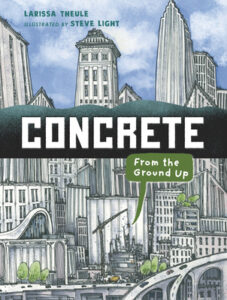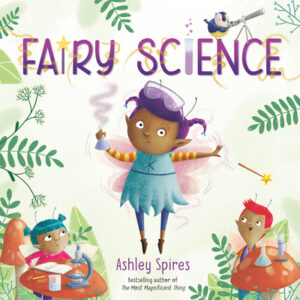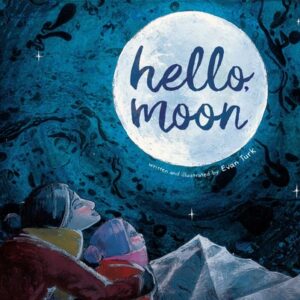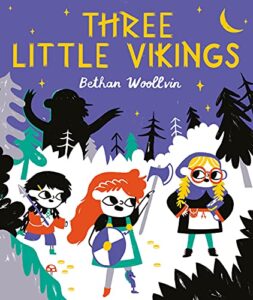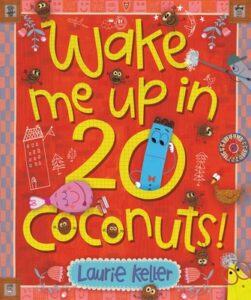4 April 2023
32 pages
This month’s PB review is by Ryan G. Van Cleave (Owner/Operator of Only Picture Books) and Florida-based freelance illustrator Gladys Jose.
–Ryan’s Review of the Writing–
Veerkamp’s English-language debut (which Laura Watkinson translated from the Dutch original) in an interesting one. Here’s the story.
From page one, everyone in the forest knows that Bear’s piano playing is magnificent. The forest creatures crowd around to hear every delicious note. So good!
Suddenly, there’s a YAAAAAWWWWWNNNN!
Who’d be so rude as to interrupt this wonderful concert? Not Monkey. Not Squirrel. Not Turtle.
Was it…Bear?
Yep, Bear is done with music for now and simply wants a break. He just wants to be alone, though that’s a real problem because the others aren’t okay with it. The way the animals stalk him and insist on more music–like he owes it to them!–seems to be vaguely reminiscent of how paparazzi swarms celebrities and expect them to deliver 24⁄7.
Eventually, Bear shakes his pursuers and ends up alone. Or so Bear thinks. But look–Zebra is nearby (and I can’t help but note how Zebra’s stripes are newsprint–so cool). Zebra’s not pushy or demanding, though. In fact, Zebra wants to do something in return for Bear playing such beautiful music. Zebra offers to read Bear a story.
No way, decides Bear because all he wants is to be left alone. But…being told a story is pretty good. Is there somehow a way for both animals to get what they want?
I won’t spoil the final spread, but it’s a cute, satisfying moment.
Introverted readers will see themselves in how powerfully Bears years for silence and solitude. Others who perhaps aren’t as attuned to that angle will likely see this as a story about respecting boundaries or showing kindness.
Regardless of how apparent the social-emotional lessons are to readers, this simple story with captivating art is thoughtful and welcome. I look forward to seeing more of Veerkamp’s work being translated into English.
4.5 out of 5 pencils
–Gladys’ Review of the Illustrations–
The art for Bear Is Never Alone is absolutely stunning!
The illustrations for this book are rendered in brilliant silhouetted black and white figures and shapes, with a bold red color for small details. The use of negative space was used so thoughtfully throughout. It’s the type of art readers will want to take time and look through slowly, as there are little details hidden throughout. In some places the negative space is actually other imagery, another animal, or elements of the forest.
The lone zebra character’s “stripes” being text is a creative and lovely touch, tying in to the book that they were hoping to comfort bear with–the same way that the bear’s solid bold silhouette mimics the grand piano.
I appreciate how the lone zebra was actually introduced from the start of the book, but never mentioned through the text and you could see he was different than the other animals and would play a bigger role eventually.
In conclusion, I thoroughly enjoyed this picture book. Both the words and art were lovely! It’s definitely a book worth having on your shelf and worthy of re-reads.
5 out of 5 crayons
 Gladys Jose is an illustrator and storyteller. She graduated from the University of Central Florida in 2012, where she earned a Bachelor of Fine Arts degree, specializing in graphic design. She’s the illustrator of the Fresh Princess series (HarperCollins), The Elephants’ Guide to Hide-and-Seek (Sourcebooks), and Clayton Parker Really Really REALLY Has to Pee (Abrams), as well as other upcoming books.
Gladys Jose is an illustrator and storyteller. She graduated from the University of Central Florida in 2012, where she earned a Bachelor of Fine Arts degree, specializing in graphic design. She’s the illustrator of the Fresh Princess series (HarperCollins), The Elephants’ Guide to Hide-and-Seek (Sourcebooks), and Clayton Parker Really Really REALLY Has to Pee (Abrams), as well as other upcoming books.
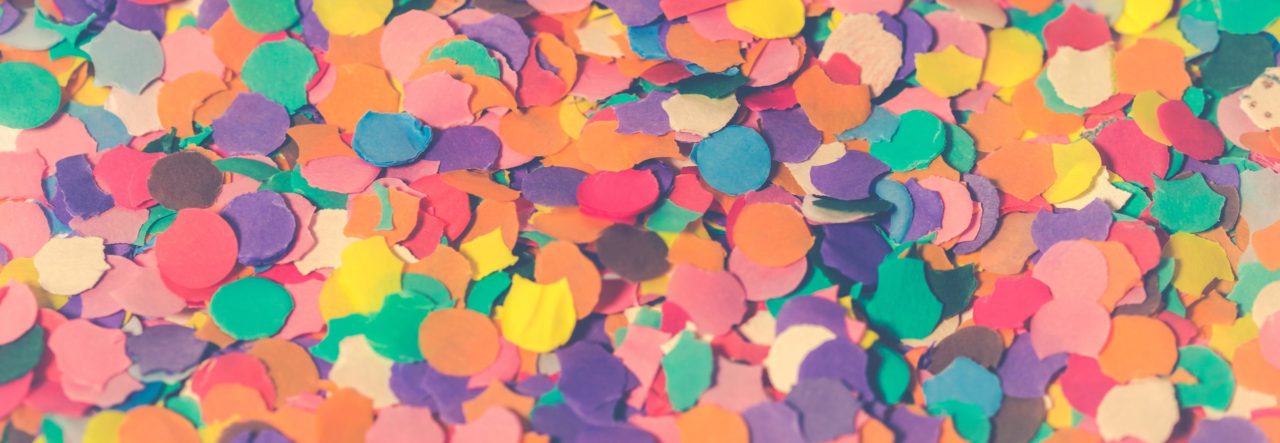
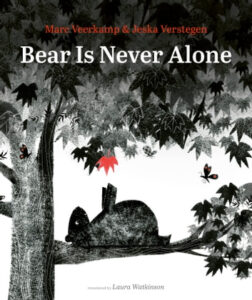
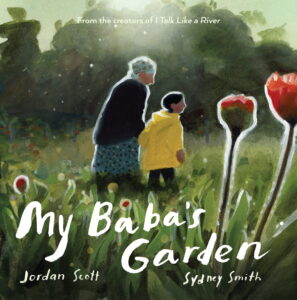
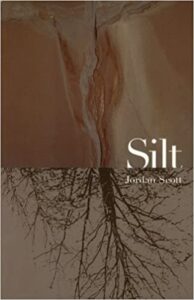

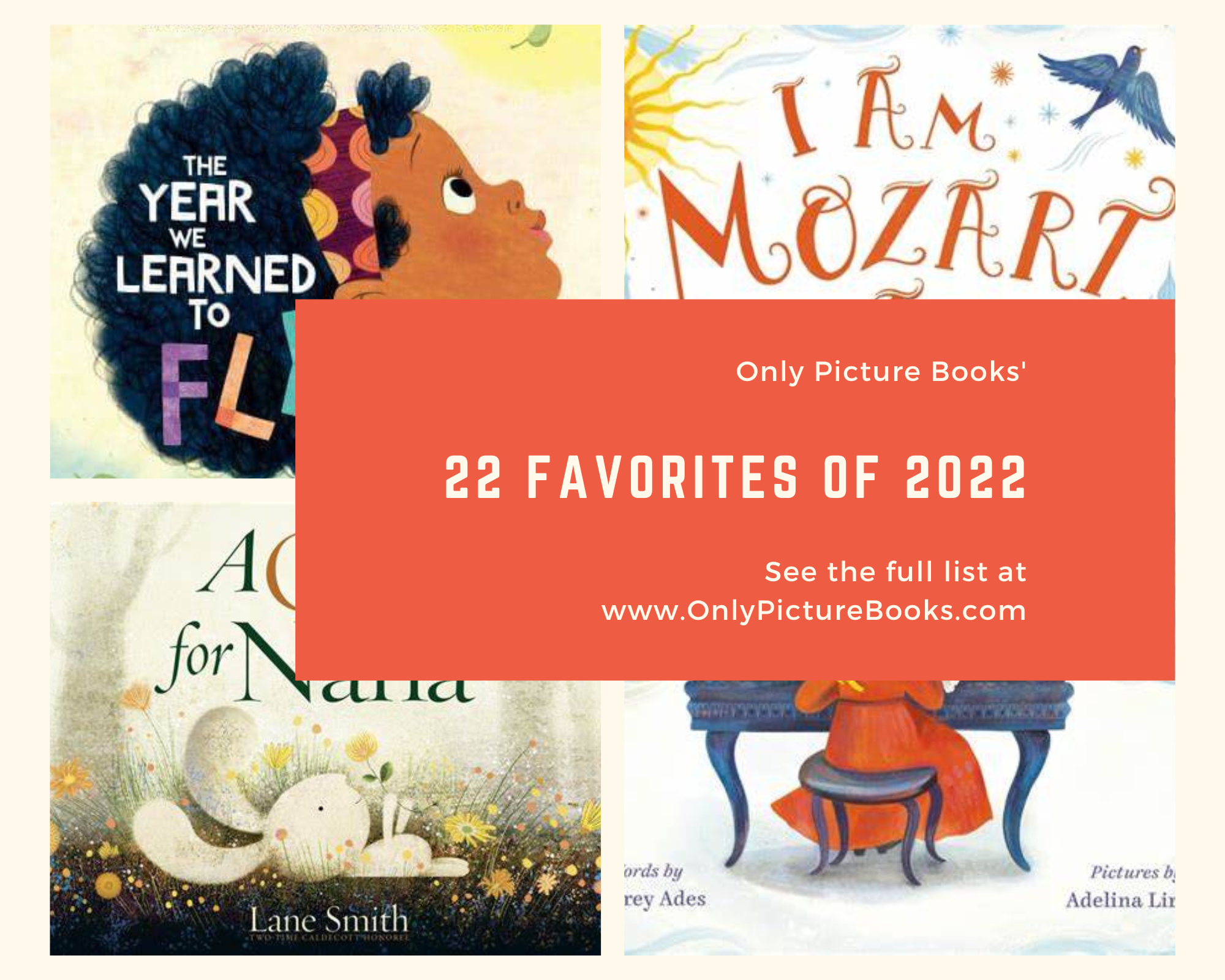
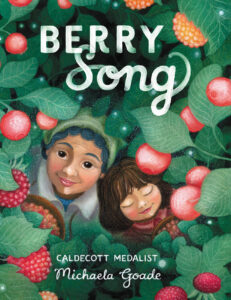
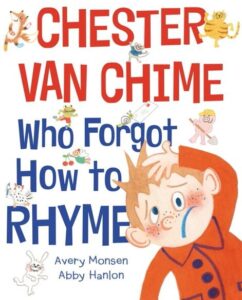
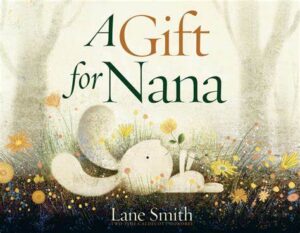
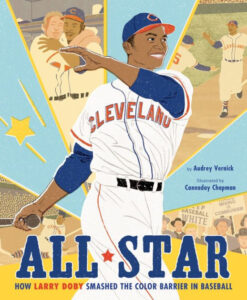
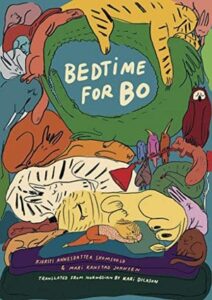
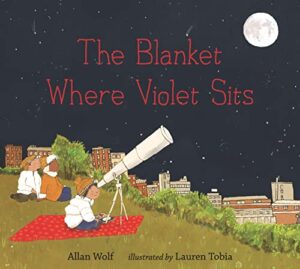
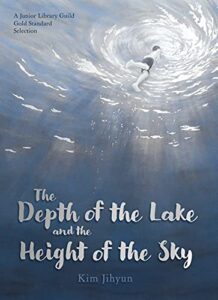
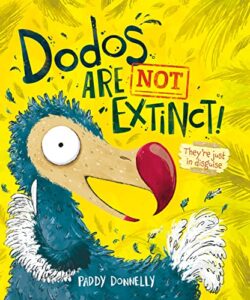
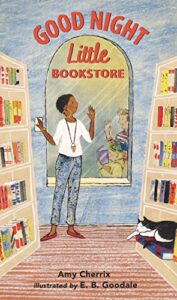
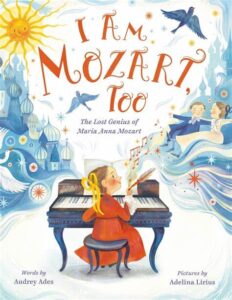
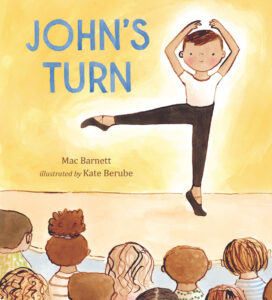 John’s Turn
John’s Turn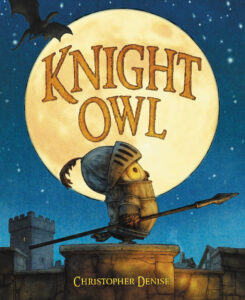 Knight Owl
Knight Owl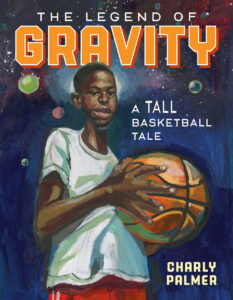
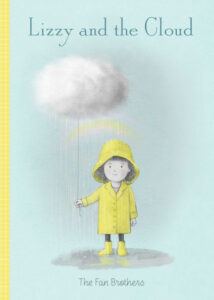
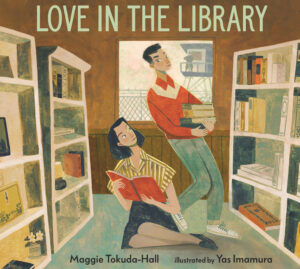
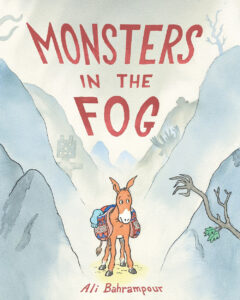
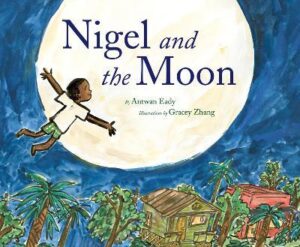
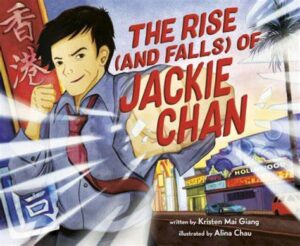
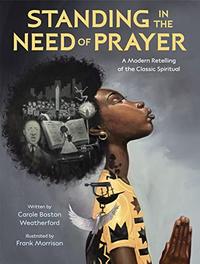
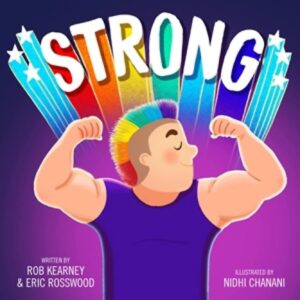 Strong
Strong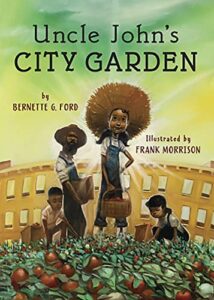
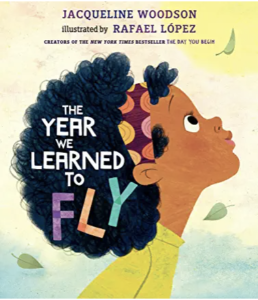

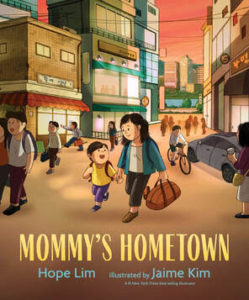
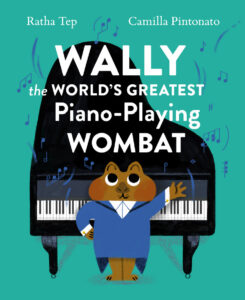 Wally, the World’s Greatest Piano-Playing Wombat
Wally, the World’s Greatest Piano-Playing Wombat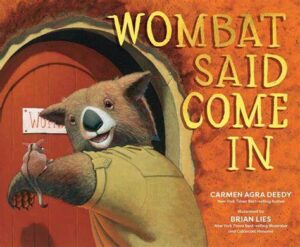
 David C. Gardner is an award-winning illustrator and visual development artist. A former artist for Walt Disney Animation Studios, he has illustrated numerous picture books, including
David C. Gardner is an award-winning illustrator and visual development artist. A former artist for Walt Disney Animation Studios, he has illustrated numerous picture books, including 
